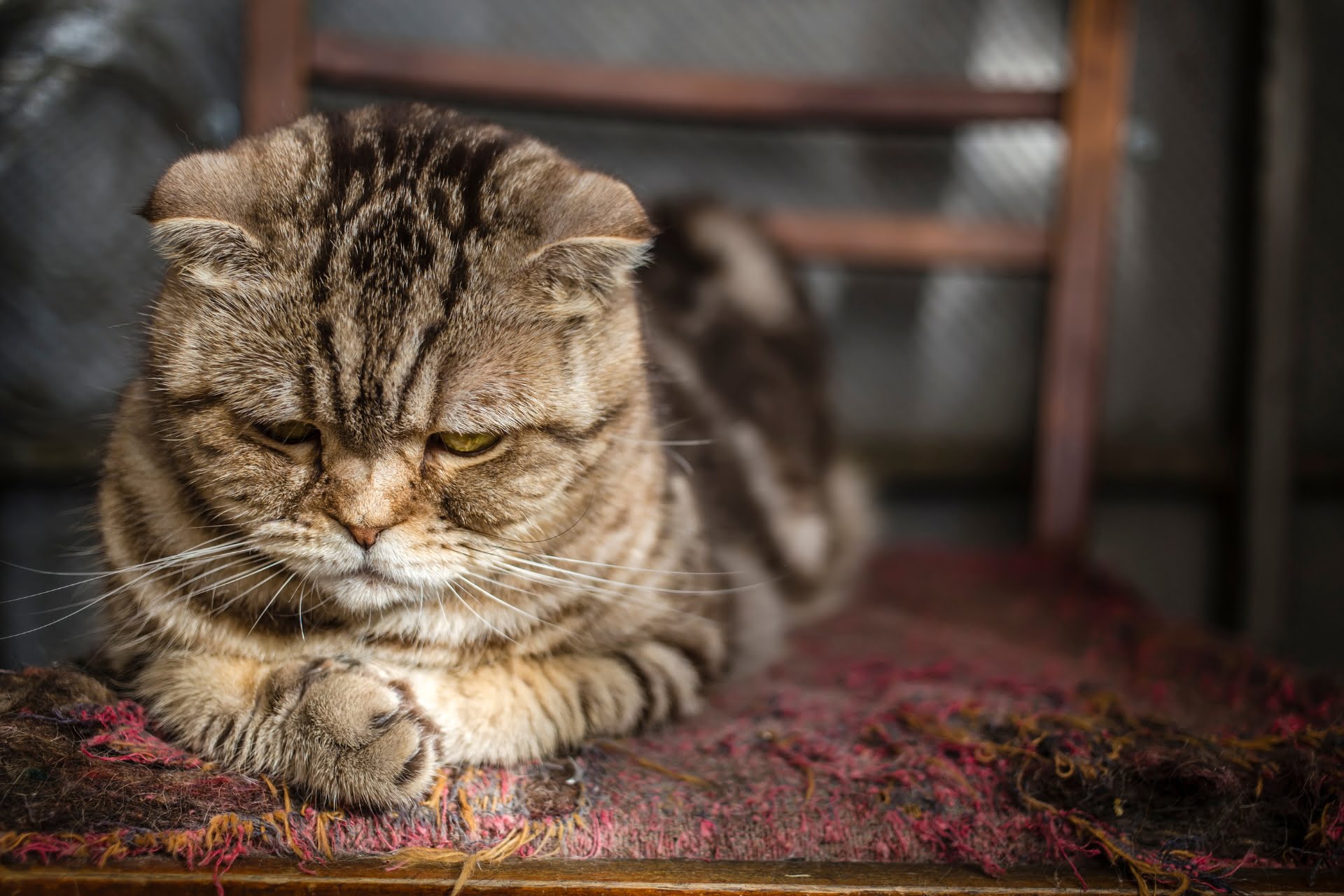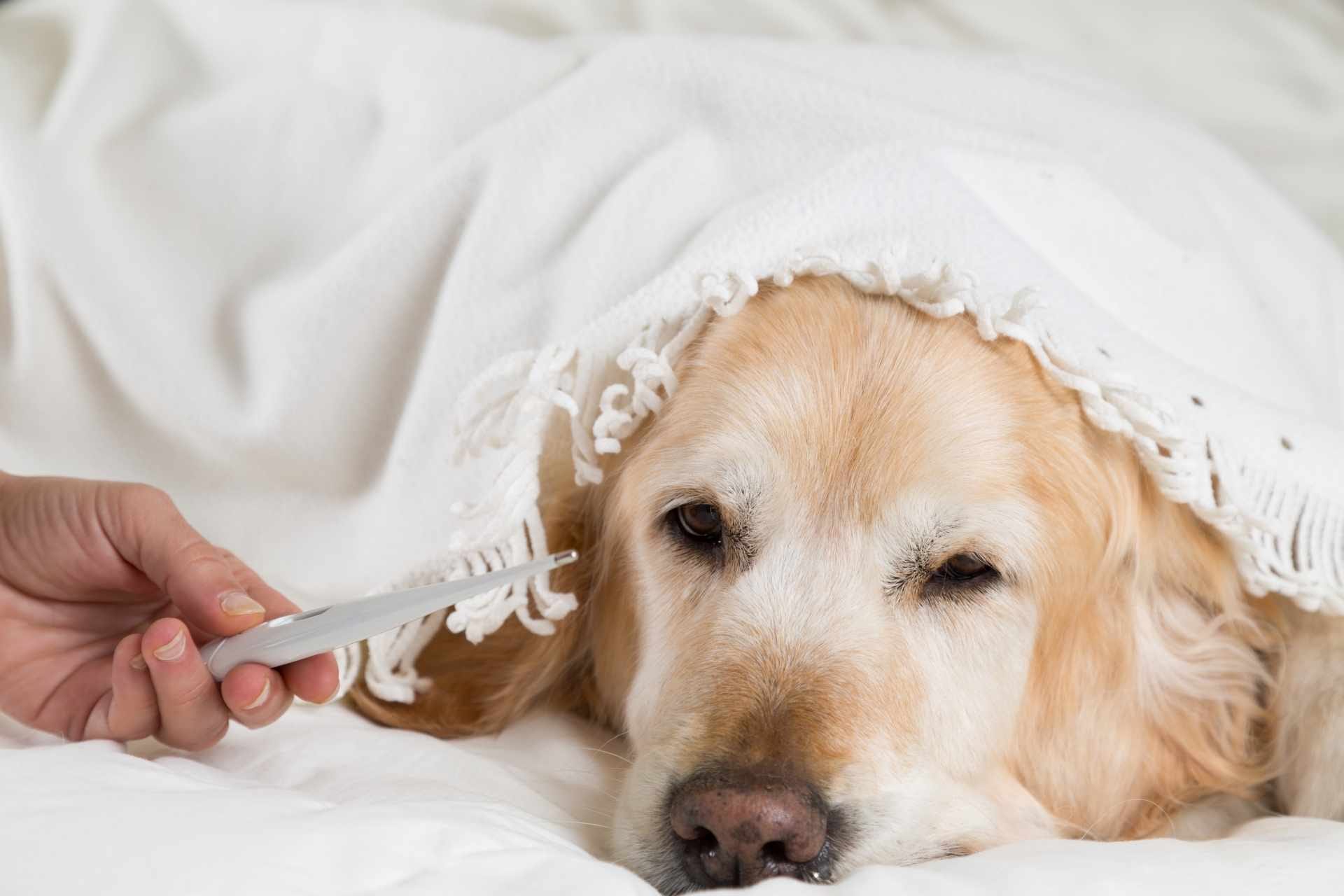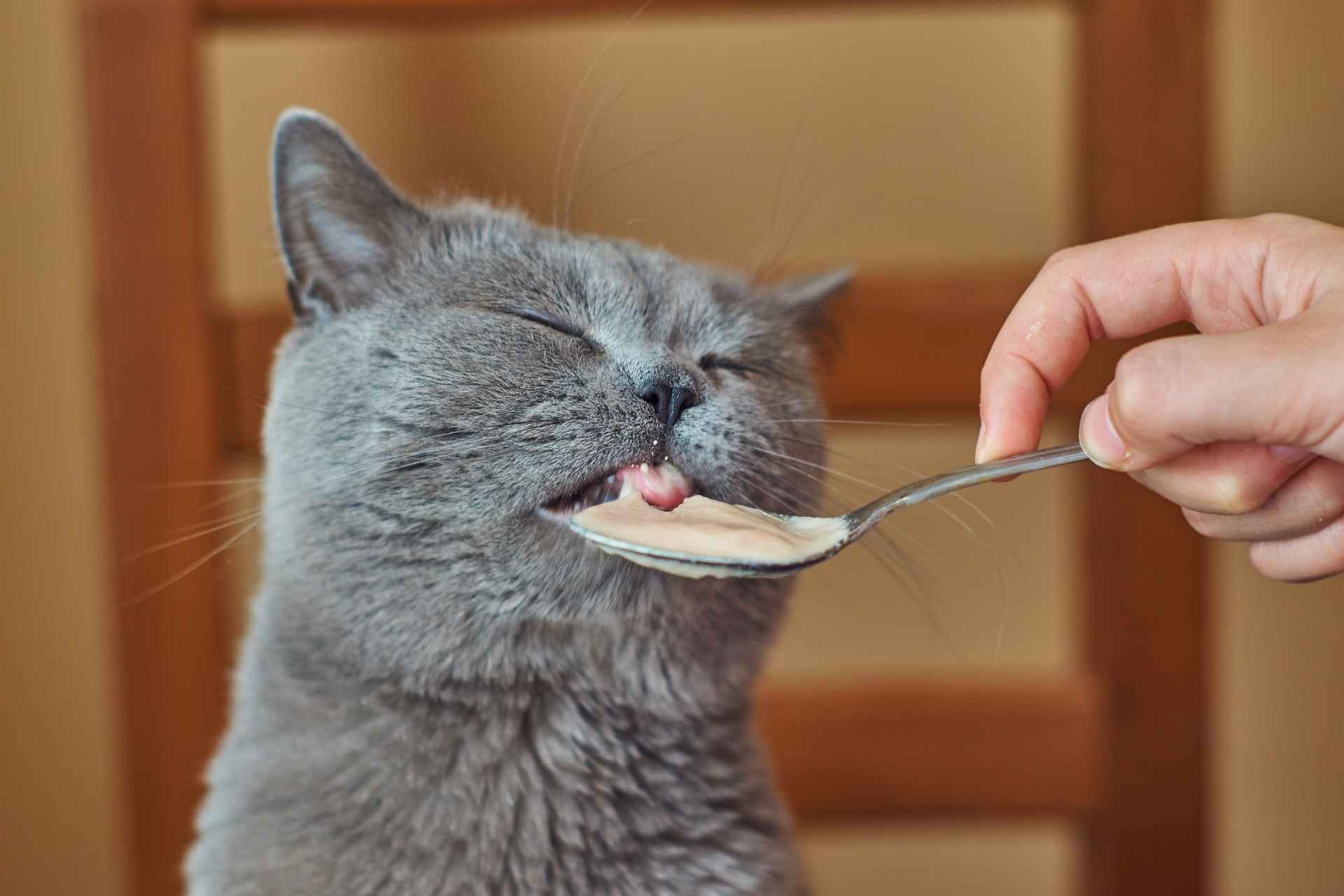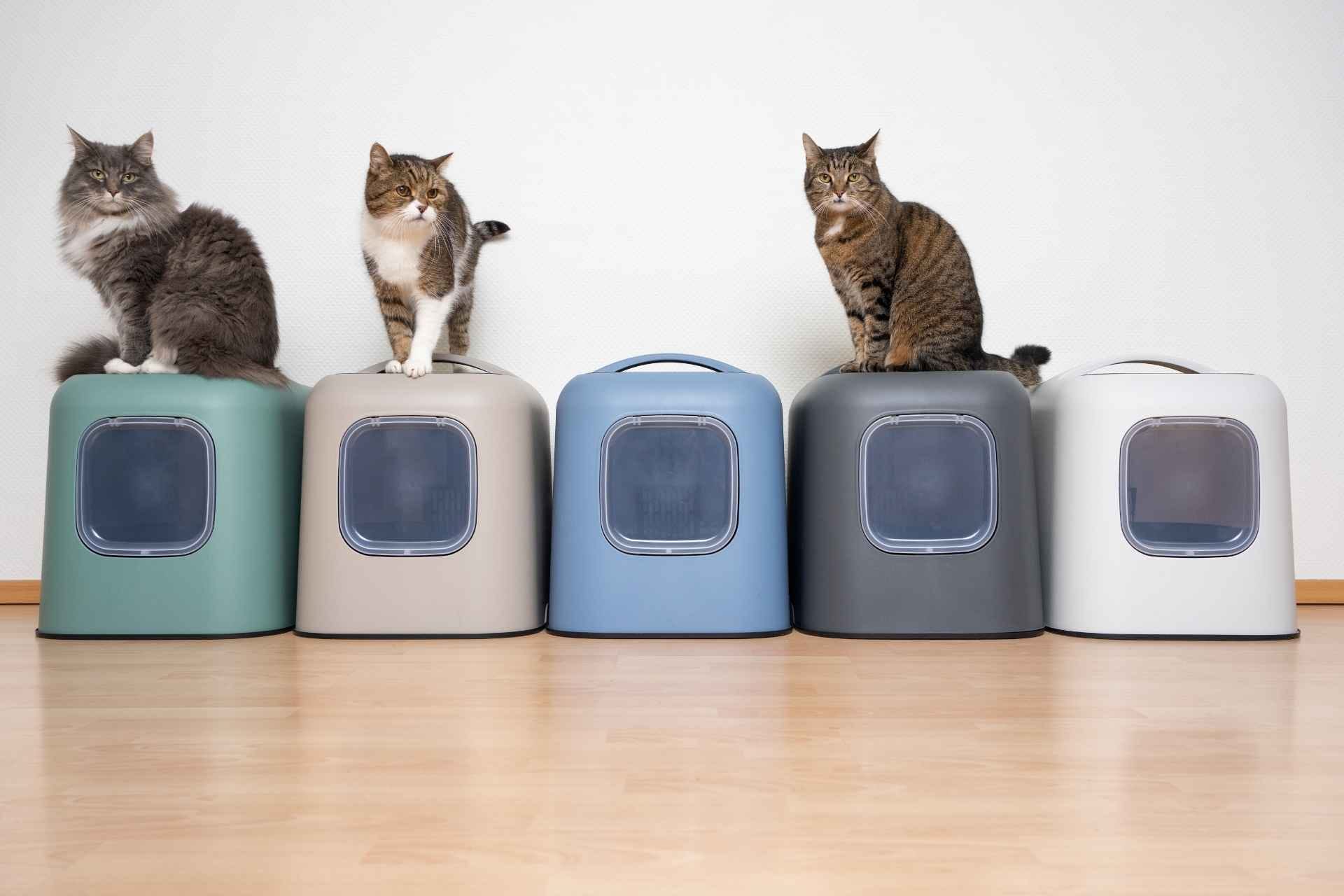Cat depression, while often misunderstood and overlooked, is a prevalent issue that can significantly impact feline well-being. By recognizing the signs, understanding the underlying causes, and implementing a comprehensive approach that encompasses environmental enrichment, medical attention, and emotional support, you can empower your feline companion to overcome depressive symptoms and reclaim their zest for life. Remember, your cat’s happiness is deeply intertwined with your own, and their well-being is a testament to the unbreakable bond you share.
Recognizing the Signs of Cat Depression
Cats are masters of subtlety, and their depressive symptoms can often manifest in ways that are easy to overlook. However, paying close attention to your cat’s behavior can help you identify potential signs of depression.
- Changes in Activity Level: A significant decrease in activity, including lethargy, sleeping more than usual, and a lack of interest in playtime or exploration, can be a red flag.
- Changes in Appetite: Noticeable changes in appetite, either a sudden loss of interest in food or an excessive increase in consumption, can indicate underlying emotional distress.
- Changes in Grooming Habits: Cats are meticulous creatures, and any decline in their grooming habits, such as matted fur or unkempt appearance, can signal a lack of motivation and self-care.
- Vocalization Changes: Cats may express their emotional state through vocalizations. Excessive vocalization, particularly at night, or an unusual silence can be signs of distress. Purrs are also a form of communication for cats.
- Changes in Social Interaction: Cats may withdraw from social interactions, avoiding both human and feline companions. This social isolation can further exacerbate their depressive state.
Understanding the Causes of Cat Depression
Numerous factors can contribute to cat depression, ranging from environmental changes to underlying medical conditions.
- Environmental Factors: Significant changes in routine, such as a new home, the loss of a beloved companion, or the introduction of a new pet, can trigger stress and lead to depressive symptoms.
- Medical Conditions: Underlying medical issues, such as chronic pain, arthritis, or dental disease, can cause physical discomfort and contribute to emotional distress.
- Boredom: Cats are naturally curious and playful creatures. A lack of mental stimulation and opportunities for engagement can lead to boredom and, eventually, depression.
Addressing Cat Depression: A Multifaceted Approach
Effectively addressing cat depression requires a multifaceted approach that encompasses environmental enrichment, medical attention, and emotional support.
- Environmental Enrichment: Create a stimulating environment that caters to your cat’s natural instincts. Provide ample opportunities for climbing, scratching, hiding, and exploring. Engage your cat in interactive play sessions using toys that mimic hunting behaviors.
- Medical Attention: Schedule a thorough examination with your veterinarian to rule out any underlying medical conditions that may be contributing to your cat’s depression. If medical issues are identified, follow your veterinarian’s treatment plan closely.
- Emotional Support: Provide your cat with ample opportunities for affection and companionship. Spend quality time with them, engaging in activities they enjoy, such as grooming, gentle petting, or simply sharing quiet moments.
Additional Tips for Supporting a Depressed Cat
Patience and Understanding: Remember that recovery from depression takes time and patience. Be understanding and supportive throughout the process.
Consistency: Maintain a consistent routine, feeding schedule, and playtime schedule to provide stability and reduce stress.
Professional Counseling: If your cat’s depressive symptoms persist or worsen, consider seeking guidance from a pet behaviorist or veterinarian specializing in animal behavior.
Conclusion
Cat depression, while often overlooked, is a real and treatable condition. By recognizing the signs, understanding the causes, and implementing a comprehensive approach, you can help your feline companion regain their zest for life and enjoy a fulfilling existence. Remember, your cat’s happiness is your happiness, and their well-being is a testament to the bond you share.
FAQs
1. What are common signs of cat depression?
Cats exhibit depression in various ways, including decreased activity, changes in appetite, reduced grooming habits, excessive vocalization, and social withdrawal.
2. What factors contribute to cat depression?
Environmental changes, underlying medical conditions, and lack of mental stimulation are common contributing factors to cat depression.
3. How can I provide a stimulating environment for my cat?
Offer ample opportunities for climbing, scratching, hiding, and exploring. Engage your cat in interactive play sessions and provide toys that mimic hunting behaviors.
4. When should I seek professional help for my cat’s depression?
If your cat’s depressive symptoms persist or worsen, consult a pet behaviorist or veterinarian specializing in animal behavior for personalized guidance and treatment options.
5. How can I support my cat’s emotional well-being?
Dedicate quality time to your cat, engage in activities they enjoy, and provide consistent affection and companionship.











